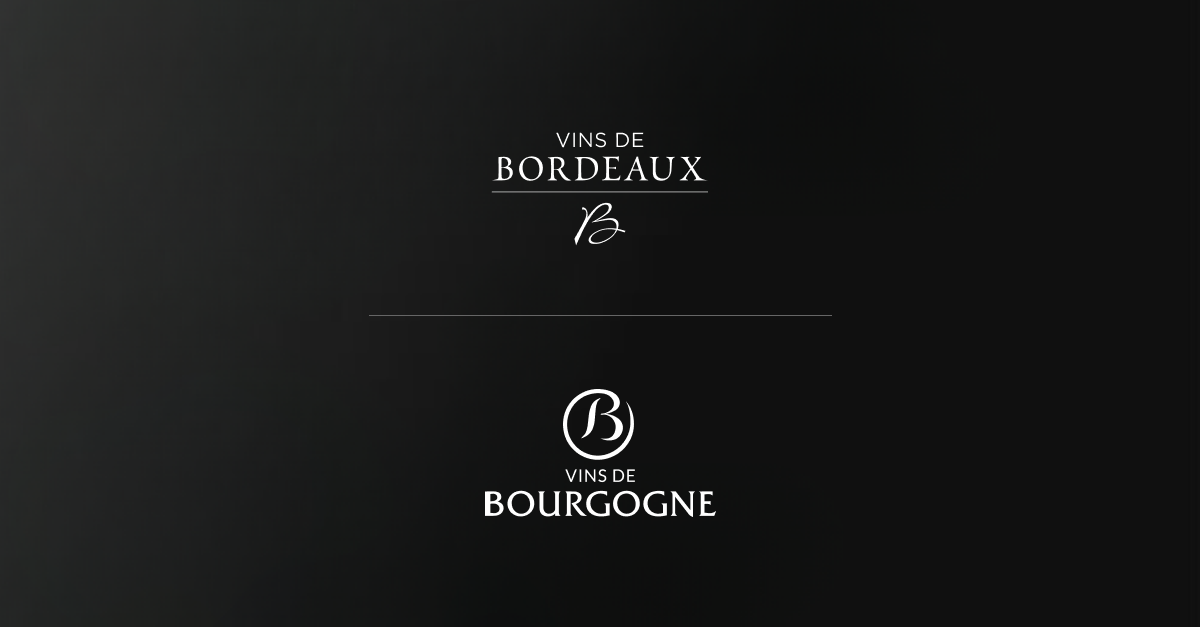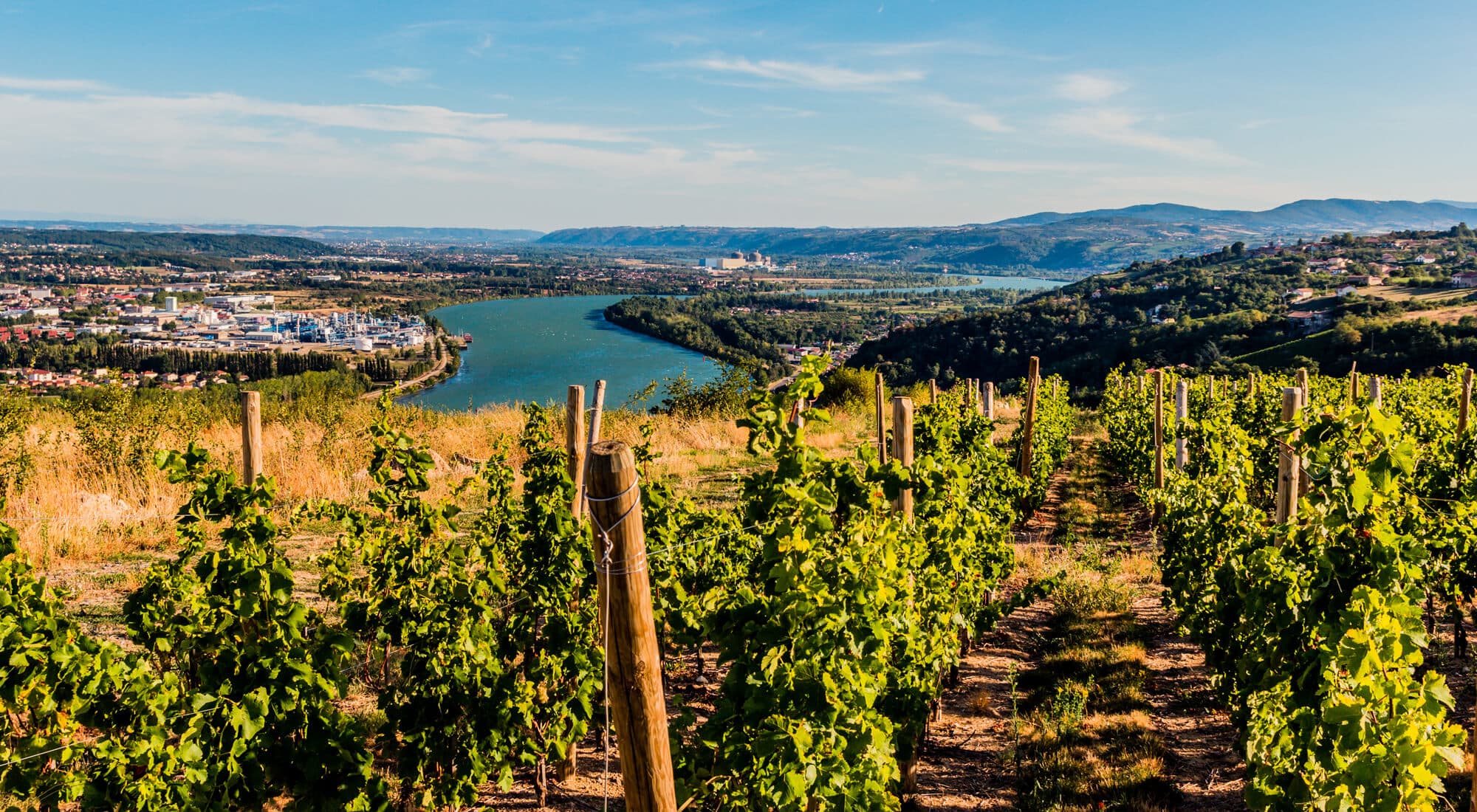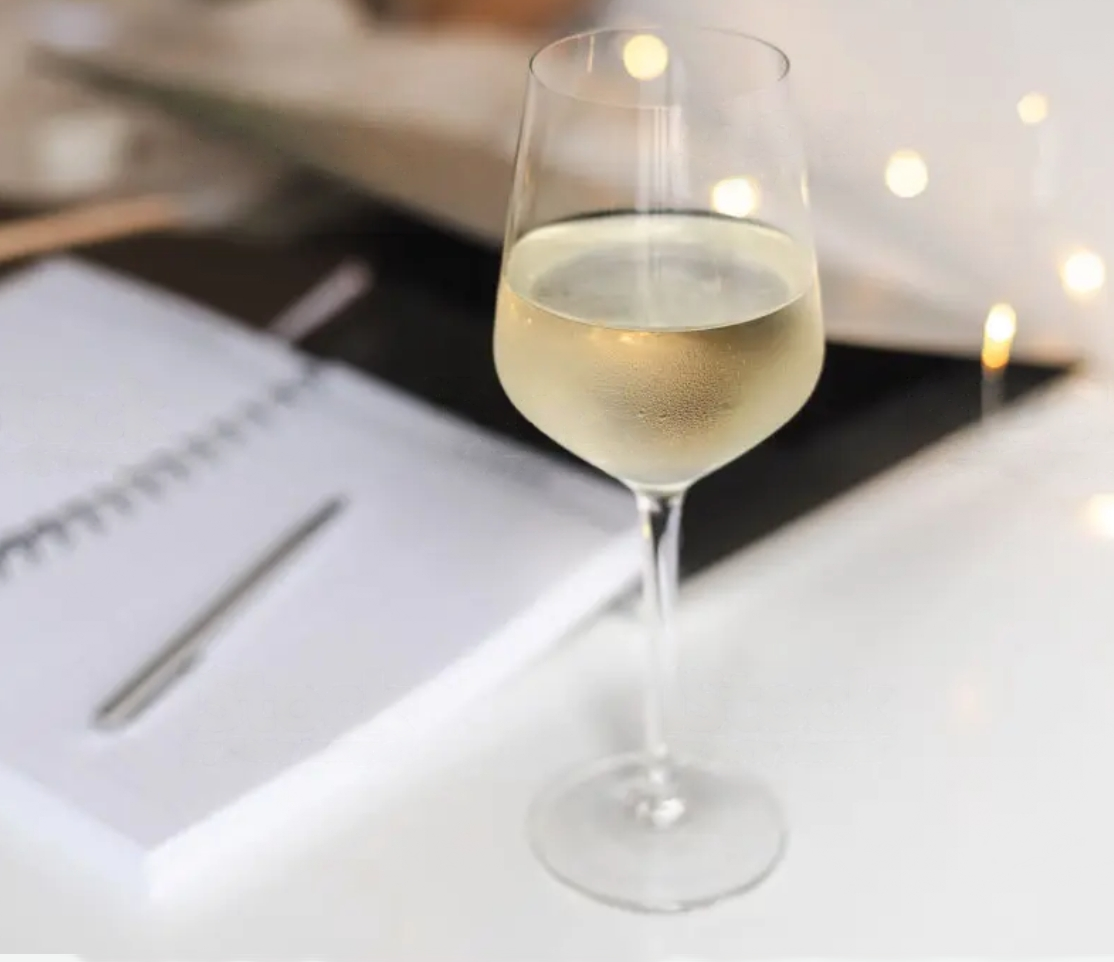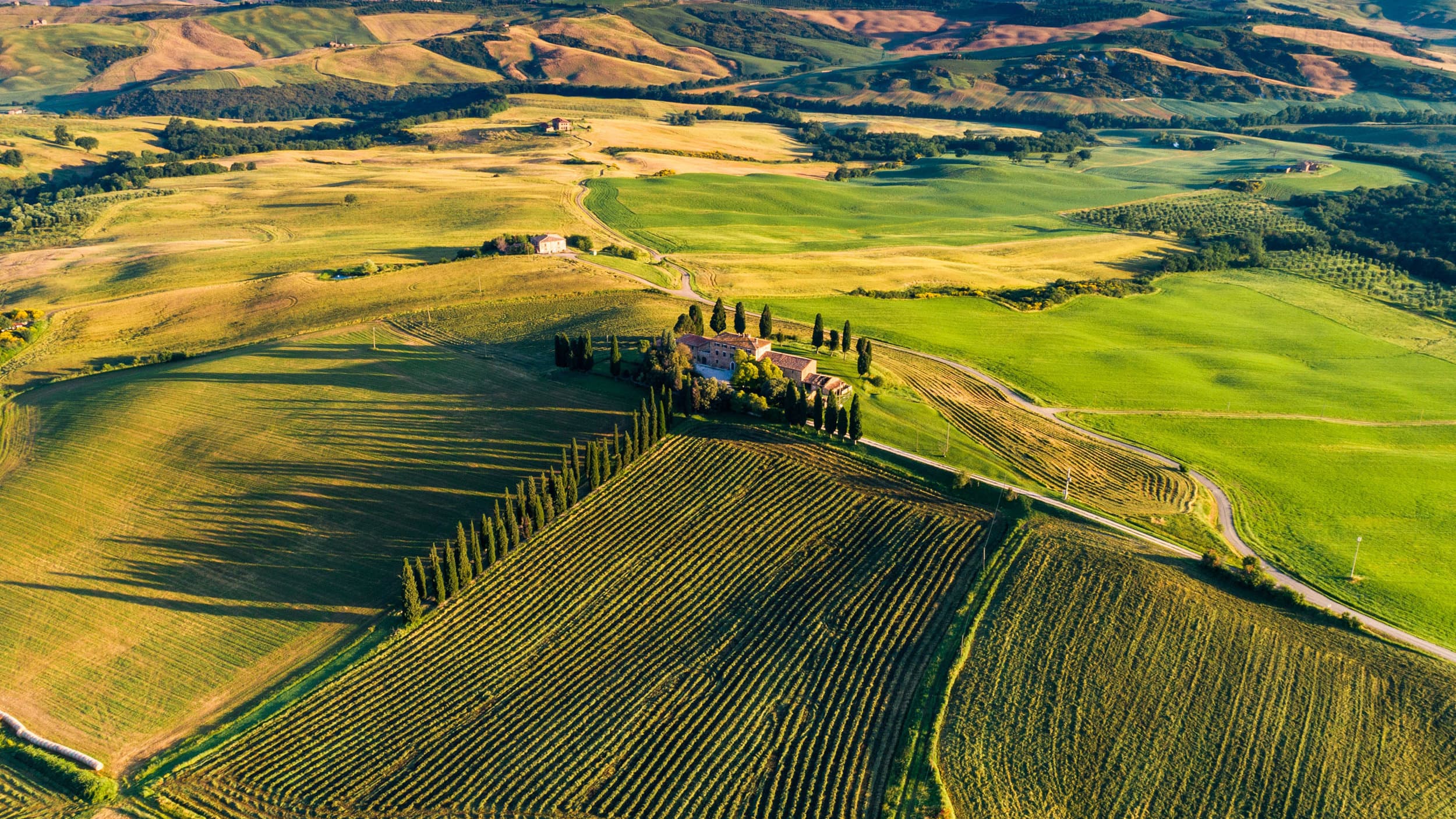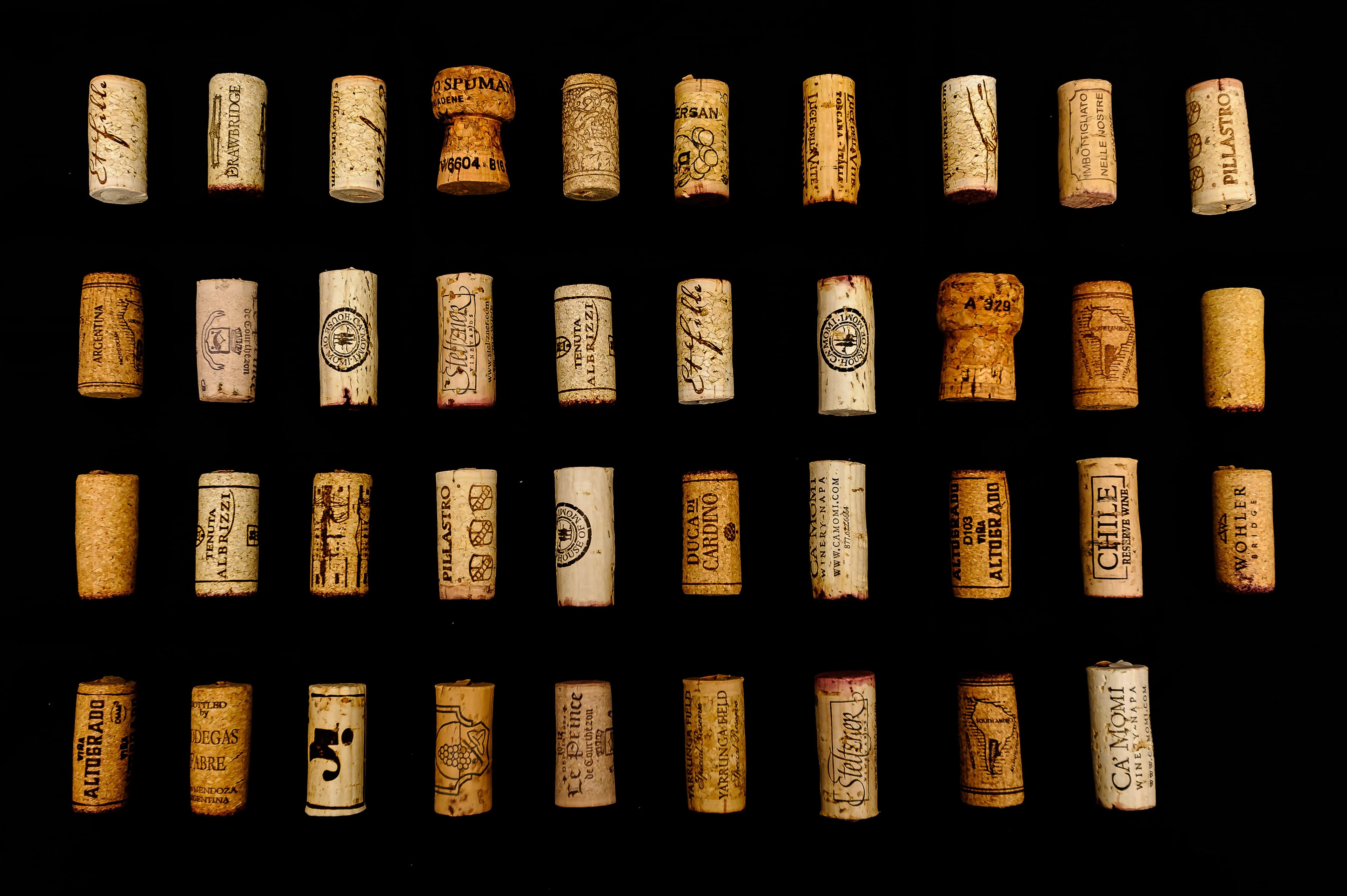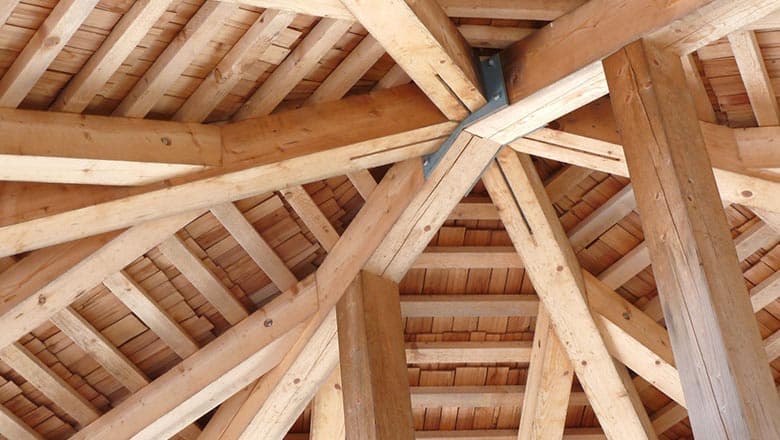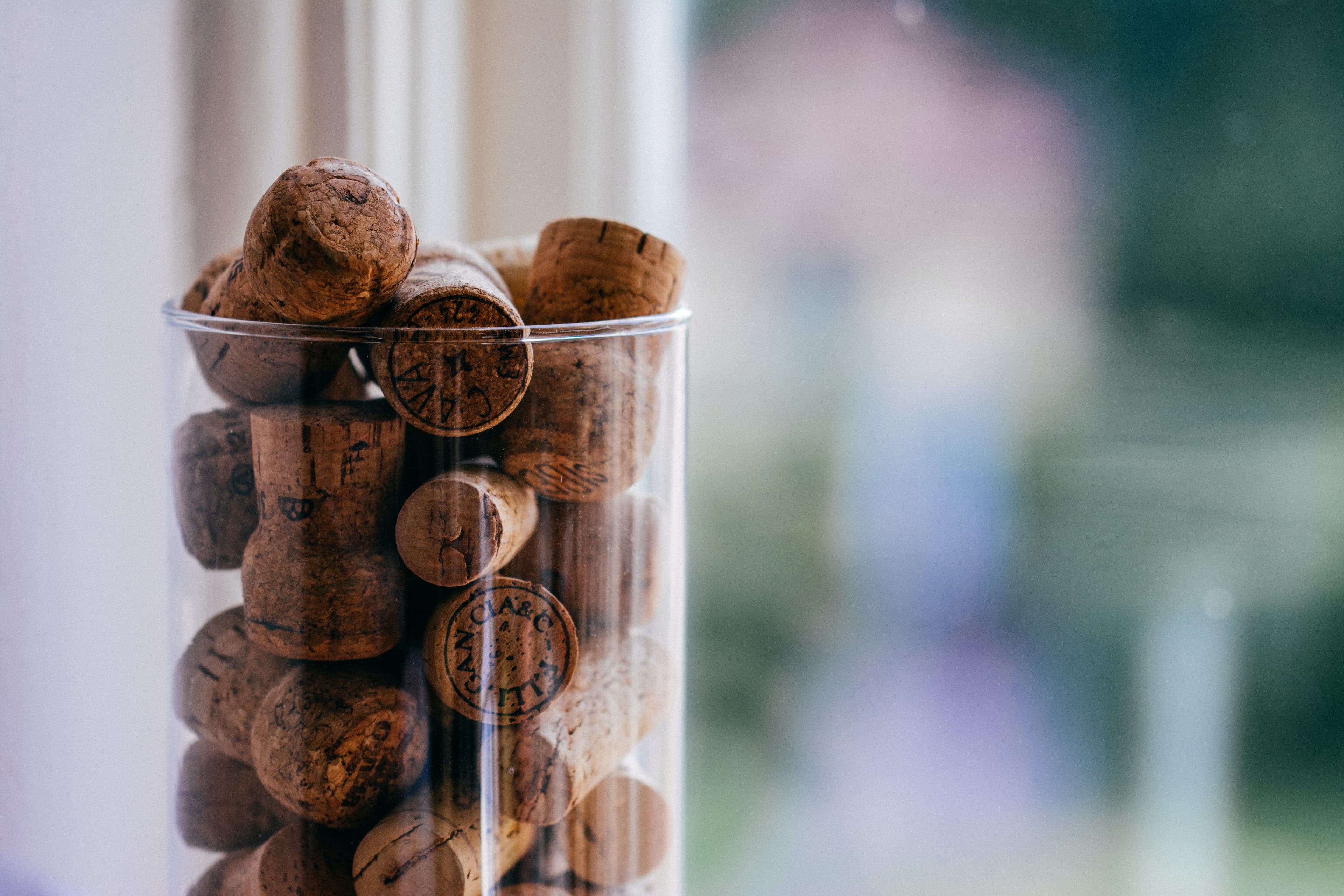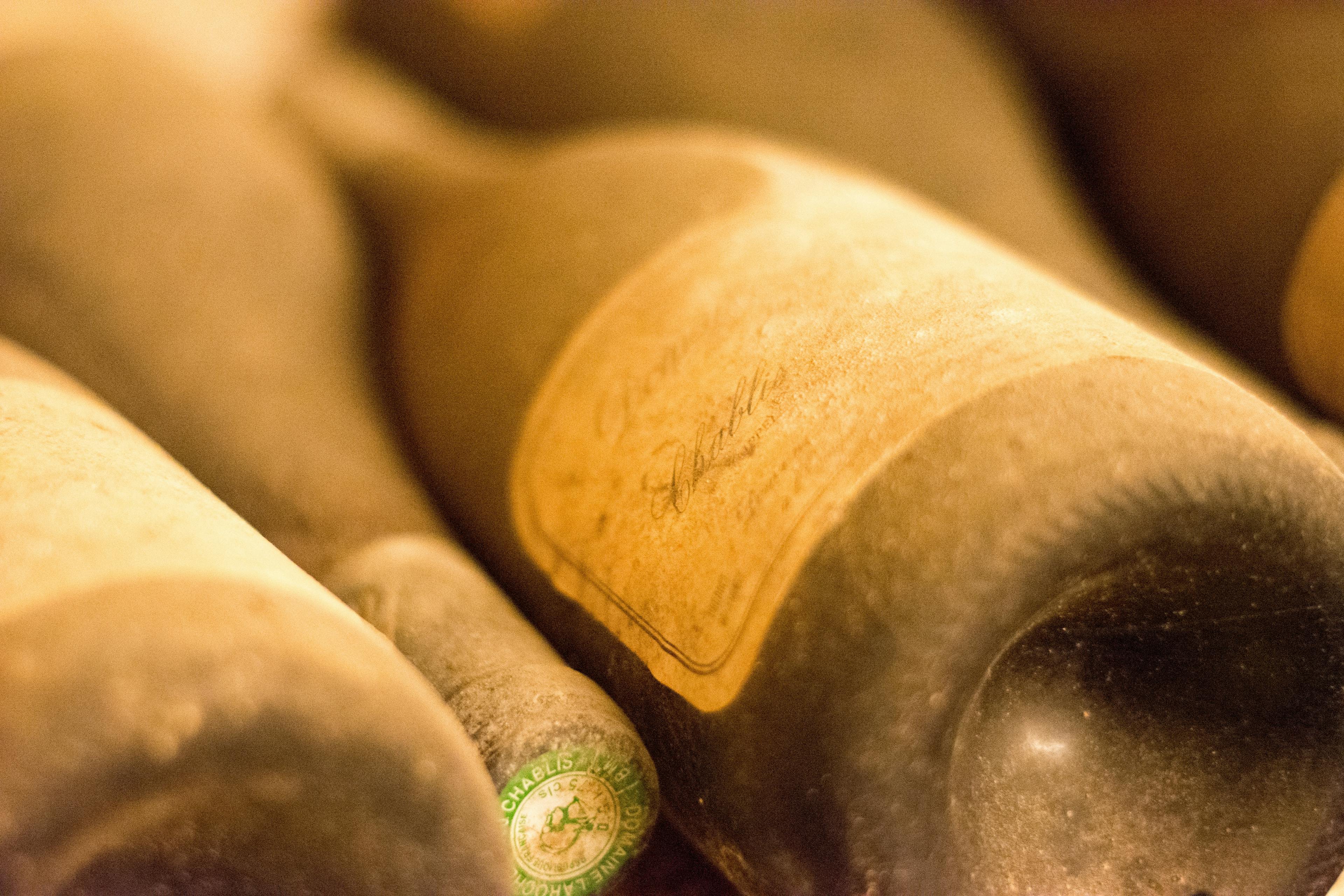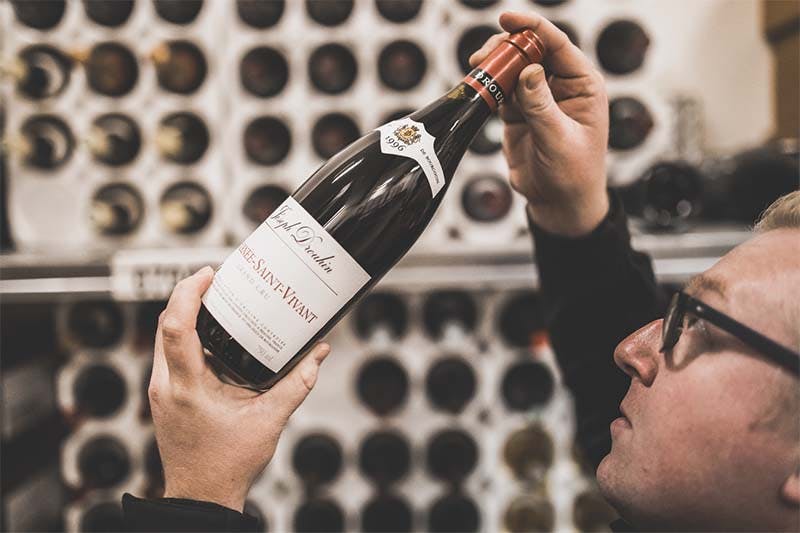
Clos de Tart, a prestigious Grand Cru vineyard in Burgundy, France, is renowned for its exceptional wines. This vineyard, established in the 12th century by nuns from the nearby Tart Abbey, has a rich history that contributes to its mystique and allure. The wines produced here are celebrated for their complexity and depth, often displaying a perfect balance of fruit, acidity, and tannins. As we delve into the sensory experiences offered by Clos de Tart, we'll explore the various tasting notes and characteristics that make this wine a standout in the world of fine wines. Whether you're a seasoned wine enthusiast or new to the world of wine tasting, understanding the nuances of Clos de Tart can enhance your appreciation of this exquisite vineyard.
Identifying the Primary Flavor Notes
Identifying the primary flavor notes in Clos de Tart can greatly enhance your wine tasting experience. This renowned Burgundy wine is celebrated for its complexity and depth. When tasting Clos de Tart, you might initially notice a robust cherry aroma, which is often accompanied by subtle hints of blackberry and plum. These dark fruit notes are typically complemented by an earthy undertone, featuring truffle and wet forest floor, which adds a rich layer to the bouquet.
As the wine opens up, secondary notes such as leather, tobacco, and spices like clove or cinnamon become more pronounced, offering a spicy kick that balances the initial fruitiness. The texture is usually silky, with a well-structured tannin profile that leads to a long, satisfying finish. For enthusiasts looking to explore some of the popular vintages, each year can exhibit variations in these flavor profiles, influenced by the specific climatic conditions of the vintage. This exploration can reveal how the nuances in flavor and aroma interact uniquely from year to year, providing a fascinating insight into the art of winemaking at Clos de Tart.
The Influence of Terroir on Its Taste
The unique taste of Clos de Tart is significantly shaped by its terroir, which refers to the natural environment in which the grapes are grown. This includes factors like soil composition, climate, and topography, all of which play a crucial role in the development of the wine's flavor profile. The influence of terroir is so profound that even minor variations in vineyard conditions can lead to noticeable differences in the taste of the wine.
At Clos de Tart, the craftsmanship involved in cultivating the vineyards and producing the wine is deeply intertwined with an understanding of this unique terroir. Here are some ways in which terroir influences the taste of Clos de Tart:
Soil Quality: The rich, varied soils of Clos de Tart contribute to the complexity and depth of the wine's flavor. Minerals in the soil can impart subtle earthy notes to the final product.
Climate: The microclimate, including temperature fluctuations and sunlight exposure, affects the ripening of grapes and the concentration of flavors.
Topography: The slope and elevation of the vineyard influence how the vines grow and how the grapes mature, impacting the acidity and sweetness of the wine.
Understanding these elements helps in appreciating why Clos de Tart has such a distinctive and celebrated flavor profile.
Age-Related Changes in Flavor Profile
As Clos de Tart matures, its flavor profile undergoes significant transformations, reflecting the complexity and depth that come with age. Initially, young bottles of this esteemed wine present vibrant, fruity notes dominated by cherries and raspberries. Over time, these primary flavors evolve, giving way to more nuanced and layered characteristics.
After 5-10 years: The fruitiness begins to mellow, and secondary flavors such as earth, tobacco, and leather start to emerge. This shift is accompanied by a smoother, more rounded mouthfeel.
Between 10-20 years: The tertiary notes become more pronounced. Hints of mushroom, forest floor, and dried fruit develop, adding a rich tapestry of flavors that enhance the wine’s complexity.
Beyond 20 years: Clos de Tart shows its true potential and history. The integration of flavors reaches its peak, with everything from the initial fruit to the earthy undertones blending harmoniously. The acidity and tannins soften further, making each sip a reflective experience.
These age-related changes make Clos de Tart a fascinating subject for those interested in how fine wines evolve, offering a different palate experience at each stage of its development.
Detecting the Subtle Undertones
Detecting the subtle undertones in Clos de Tart requires a refined palate and an understanding of its complex flavor profile. This renowned Burgundy wine is celebrated for its depth and intricacy, making the tasting experience both unique and rewarding. To fully appreciate the nuances, it is essential to serve it at the correct temperature and in the appropriate glassware.
Fruity Dimensions: Initially, you might notice a rich tapestry of dark fruits like cherries and blackberries. These are layered with lighter, red fruit undertones that subtly emerge.
Earthy Notes: As the wine opens up, hints of truffle, soil, and forest floor become apparent, providing a grounding contrast to the fruitiness.
Spicy Accents: Delicate whispers of clove and pepper often weave through the primary flavors, enhancing the wine’s complexity.
Floral Aromas: A gentle floral bouquet, reminiscent of violets and dried roses, adds a touch of elegance and softness to the overall profile.
Each sip reveals more about the wine's character, making the process of discovering these undertones a truly engaging experience.
The Texture and Mouthfeel of Clos de Tart
The texture and mouthfeel of Clos de Tart are distinctive features that significantly enhance its enjoyment. This prestigious wine, known for its velvety and rich texture, offers a complex sensory experience. On the palate, it typically presents a full-bodied richness that is balanced by a fine tannic structure, making it both lush and refined. The mouthfeel can be described as smooth, with a lingering finish that continues to evolve in the mouth.
When considering food pairings, the texture of Clos de Tart allows it to complement a variety of dishes. Here are some ideal matches:
Grilled Red Meats: The tannins in the wine interact wonderfully with the proteins and fats, enhancing the flavors of both the meat and the wine.
Rich Stews: A hearty stew with layers of flavors can stand up to the intensity of Clos de Tart, making for a harmonious dining experience.
Mature Cheeses: The silky texture of the wine pairs beautifully with the creaminess of aged cheeses, creating a delightful contrast on the palate.
Each pairing is designed to match the luxurious texture of Clos de Tart, ensuring that every sip is as memorable as the last.
Comparing Young vs. Aged Clos de Tart
When comparing young versus aged Clos de Tart, the differences in flavor profiles are pronounced, influenced significantly by how the wine is stored. Young Clos de Tart typically exhibits vibrant, fresh fruit flavors such as cherries and raspberries, with a floral and slightly spicy nose. The tannins are firm but not overpowering, providing a structured yet accessible drinking experience.
On the other hand, aged Clos de Tart transforms in complexity. Over time, the primary notes of fresh fruit evolve into deeper, richer tones of dried fruits, leather, and tobacco. The acidity mellows, and the tannins soften, leading to a smoother palate feel. This aging process is enhanced by proper storage conditions that preserve the wine’s quality and extend its aging potential.
Temperature Control: Keeping the wine at a consistent, cool temperature prevents premature aging.
Humidity Levels: Adequate humidity is crucial to avoid drying out the cork, which can lead to oxidation.
Light Exposure: Wines should be kept in dark environments since light can degrade the quality.
Positioning: Bottles should rest horizontally to keep the cork moist, ensuring a tight seal.
The Finish: What to Expect After a Sip
When savoring Clos de Tart, the finish is as memorable as the initial taste. This renowned Burgundy wine leaves a lasting impression with its complex and lingering aftertaste. As the flavors begin to settle, you'll notice several distinct characteristics that define the quality of this fine wine.
Depth of Flavor: The layers of taste unfold gradually, revealing hints of dark cherry, rich plum, and a subtle touch of oak. These flavors deepen, creating a robust finish that remains on the palate.
Smoothness: Despite its complexity, the finish is remarkably smooth, with velvety tannins that soften the overall experience.
Length: A hallmark of Clos de Tart is the enduring length of its finish. The flavors persist, allowing for a prolonged enjoyment that invites contemplation and appreciation.
For those interested in enjoying Clos de Tart to its fullest, it's advisable to let the wine breathe before tasting. This practice enhances the aromatics and ensures that the finish is as exquisite as the wine's storied heritage. Whether paired with food or enjoyed on its own, the finish of Clos de Tart makes every sip a sophisticated, sensory journey.
How Oak Aging Affects Its Flavor
Oak aging significantly influences the flavor profile of Clos de Tart, a renowned Burgundy wine. This process introduces a complex array of characteristics that are pivotal in defining its unique taste. When wine ages in oak barrels, it gradually incorporates subtle hints of vanilla and spices due to the interaction with wood compounds. These elements blend with the natural flavors of the grape, enhancing the wine's overall complexity.
Vanilla Notes: Oak barrels often impart a soft, sweet vanilla scent that complements the robust red fruit flavors typical of Clos de Tart.
Tannin Integration: The tannins in the wine soften during the aging process, leading to a smoother mouthfeel.
Spice Accents: As the wine matures, it may develop notes of clove and cinnamon, adding depth to its flavor profile.
Oxidative Changes: Limited exposure to oxygen while in the barrel helps stabilize the wine and enrich its texture.
Through these transformations, oak aging not only enriches the wine but also ensures it matures into a well-rounded, sophisticated product.
The Impact of Vintage Variation on Taste
Vintage variation significantly influences the taste profile of Clos de Tart, a renowned Burgundy wine. Each year, climatic conditions such as temperature, rainfall, and sunshine hours can alter the characteristics of the grapes. This results in distinct flavors and aromas in the wine from year to year. For instance:
Cooler years often lead to wines with higher acidity and more subtle fruit notes, emphasizing earthy and mineral qualities.
Warmer vintages typically produce richer, more robust wines with pronounced fruit flavors and smoother tannins.
Understanding these variations is crucial for collectors and enthusiasts seeking to explore the depth and complexity of Clos de Tart. By examining facts about specific vintages, one can appreciate how these elements come together to create unique tasting experiences. This knowledge not only enhances the enjoyment of tasting but also informs decisions when purchasing or investing in bottles from different years. Each vintage tells a story, reflecting the unique environmental conditions of that year, and adds to the rich tapestry of Clos de Tart's history.
Describing the Acidity and Tannin Levels
Clos de Tart, a renowned Burgundy wine, exhibits a distinctive profile that balances acidity and tannins masterfully. The acidity level in Clos de Tart is typically vibrant, lending a fresh, lively character to the wine. This brisk acidity not only enhances the wine's longevity but also supports its complex flavor structure, making each sip crisp and invigorating.
Regarding tannins, Clos de Tart is noted for its smooth yet pronounced presence. These tannins are well-integrated, contributing to the wine's overall texture and mouthfeel. They provide a firm backbone, yet are silky and refined, avoiding any harshness. This careful balance ensures that the wine remains approachable in its youth, yet capable of aging gracefully.
Vibrancy: The lively acidity makes Clos de Tart an excellent companion to food, particularly dishes that feature fatty or rich ingredients, as it cuts through the heaviness effectively.
Silkiness: The smooth tannins enhance drinking pleasure, offering a velvety feel that complements the wine's robust flavor profile.
Overall, the interplay of acidity and tannins in Clos de Tart creates a harmonious and enduring experience, appealing to both novice and seasoned wine enthusiasts alike.
Conclusion
In conclusion, the taste profile of Clos de Tart is a testament to its storied heritage and meticulous winemaking process. This Grand Cru vineyard, with its rich history dating back to the 12th century, consistently produces wines that are not only complex and powerful but also possess a remarkable ability to age gracefully. The unique terroir of Clos de Tart, characterized by its favorable climatic conditions and distinct soil composition, imparts a depth of flavor that is both unique and captivating.
For wine enthusiasts and collectors, Clos de Tart represents an excellent addition to any collection, not only for its exceptional taste and quality but also for its potential investment value. At Rekolt, we understand the importance of proper storage and aging conditions for premium wines like Clos de Tart. Our professional cellar storage option ensures that your investment is preserved under optimal conditions, enhancing its resale and trade potential over time. Whether you are looking to enjoy a bottle now or hold it as a long-term investment, Rekolt provides the perfect platform to meet all your fine wine needs, ensuring that each bottle reaches its fullest potential.
Share this article
